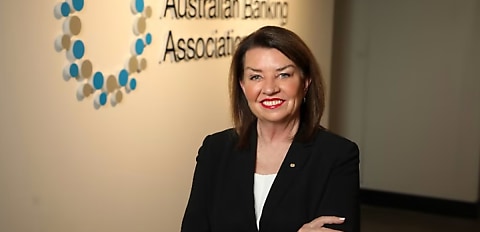The Australian Banking Association (ABA) has announced that the Banking Code of Practice (the Banking Code) has been updated to include new obligations for banks, requiring them to meet with guarantors to help them better understand their obligations before accepting a guarantee.
The Banking Code has been approved by the Australian Securities and Investments Commission’s (ASIC) following a period of “extensive ASIC-led consultation”, according to the regulator.
The changes will come into effect from 28 February 2025.
The updated Banking Code also included an expanded definition of a small- to medium-sized enterprise (SME), allowing more SMEs to be protected under the code.
The aggregate borrowing limit for an SME to be protected under the Banking Code will be increased to $5 million, up from $3 million. The ABA said that the expanded definition will allow 10,000 additional SME customers to have protections under the code.
In addition to a new SME definition in the Banking Code, the ABA has updated its definition of a vulnerable customer, now acknowledging that any customer can become vulnerable at any time.
According to the ABA, the Banking Code will provide greater clarity on the types of support that are available to all customers, including financial difficulty options for SMEs.
The ABA has updated the inclusive and accessible banking section in the code to ensure that banks will take measures to “enhance access” to those with diverse sexual orientations and gender diversities.
A new commitment for banks to organise or refer customers to free support services including interpreters and Auslan and National Relay Service for the deaf community has been established under the updated code.
Anna Bligh, ABA’s CEO, said that the code would provide a higher standard of customer protections.
She said: “This updated rule book for banks raises the bar even higher with enhanced protections for customers. It will ultimately drive even better outcomes for customers.
“Australians can continue to have confidence that when they interact with their bank, they will be getting the highest level of service and customer care.”
The CEO continued that the Banking Code Compliance Committee (BCCC) would continue to monitor bank compliance with the code and that customers can raise complaints with the Australian Financial Complaints Authority (AFCA) or the courts.
While ASIC approved the updated code, the regulator said the updates were “not the final word in customer-focussed banking”.
In a speech at the ABA Conference held on 27 June, ASIC chair Joe Longo said that there were still improvements to be made to the code to ensure that customers are appropriately protected.
He said that ASIC would like to see the ABA work with its members to proactively identify customers on higher-fee accounts who are eligible for low-cost, basic accounts. Longo said that the banks should have “effective processes” to migrate such customers into “appropriate accounts”.
Longo said: “Banks have a significant impact on our lives and Australians and ASIC rightly have high expectations of them.
“ASIC’s review has been focused on ensuring this Code can make a difference in the day-to-day practice of the banking sector and through that, good customer outcomes.”
The announcement of the updated Banking Code comes as Westpac was sanctioned by the BCCC for violating the code in relation to bank branch closures.
[Related: Major bank sanctioned by BCCC]
